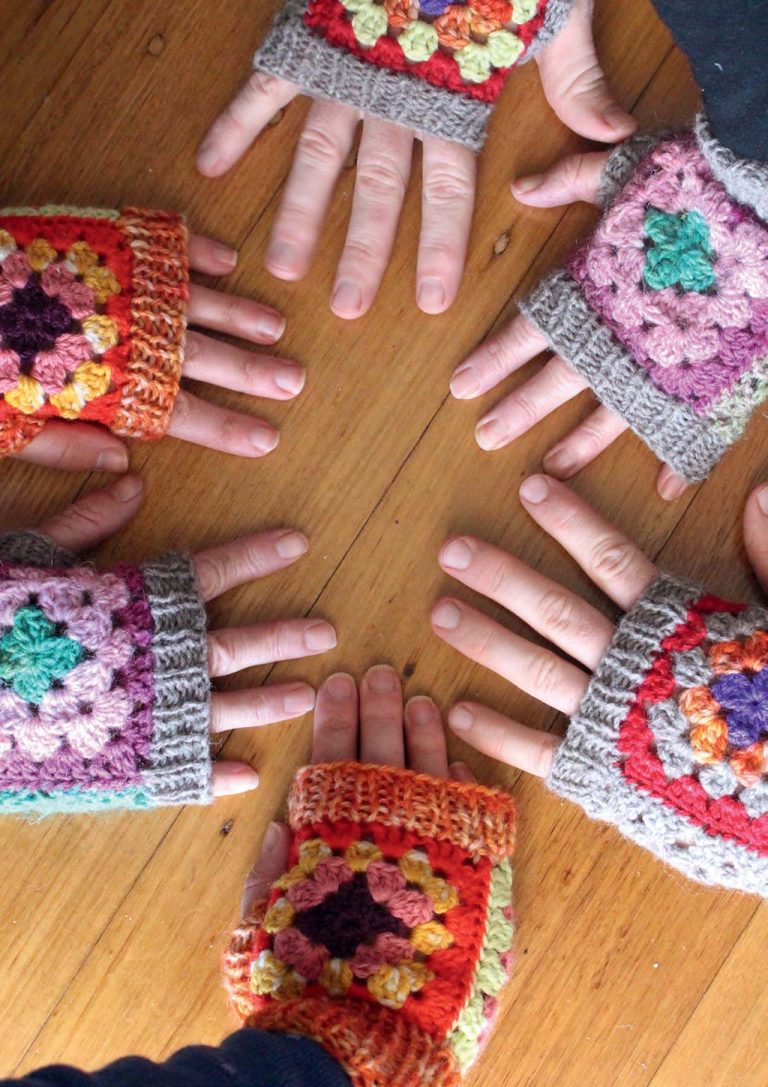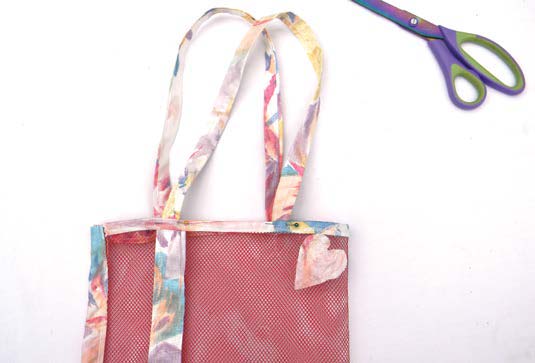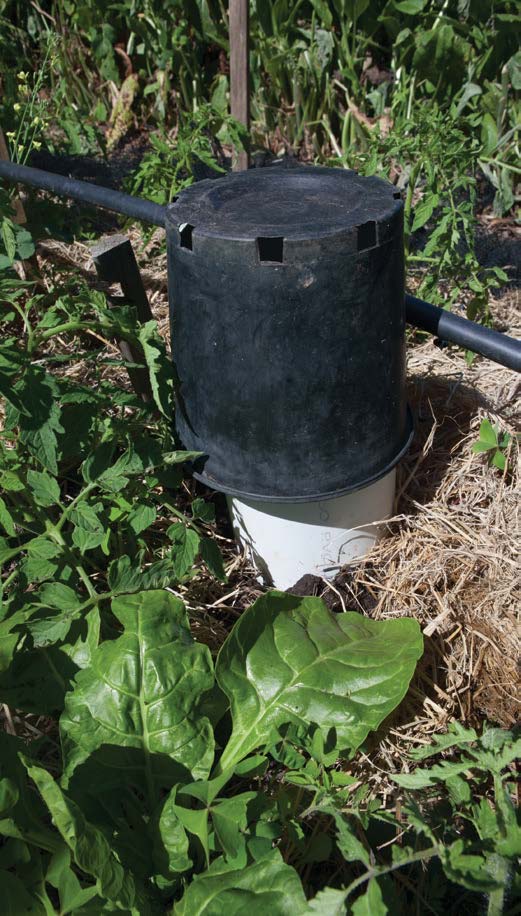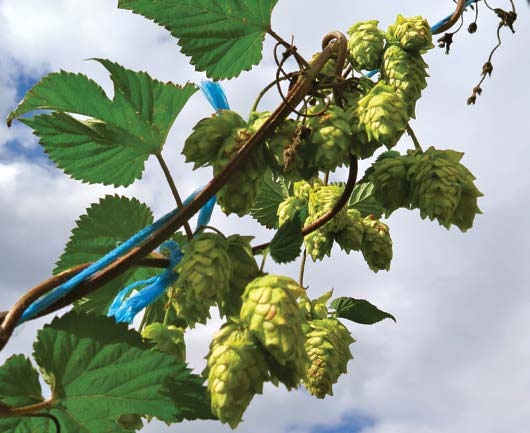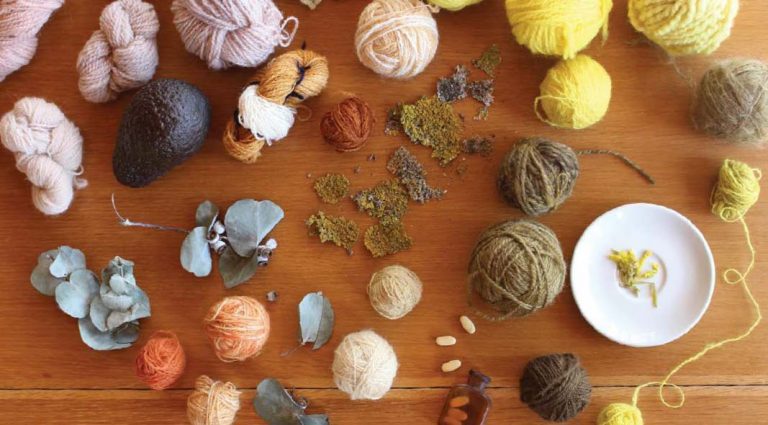Build Your Own Wicking Bed
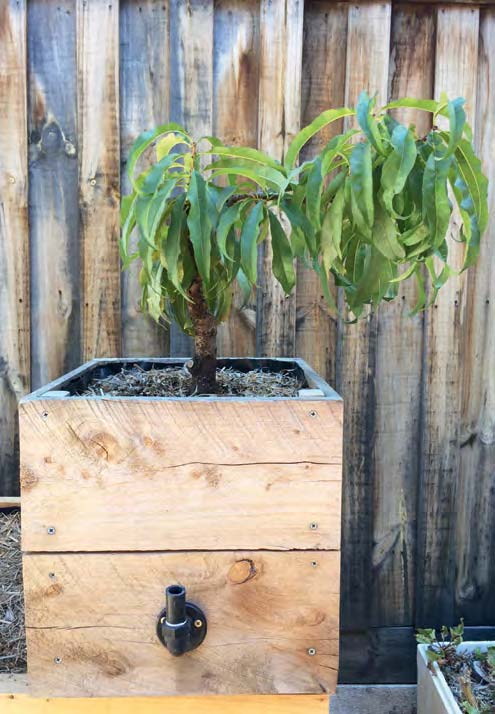
We know plants need water to grow, however understanding when and how much they need can seem like a mystery only ‘green thumbs’ can solve. Enter the wicking bed!
Wicking beds are an innovative vegie bed irrigation solution. They minimise the watering challenge by creating a water reservoir that sits underneath the soil your vegies grow in. A typical wicking bed has a waterproof lining in the bed, on top of which is a layer of small stones. The stones are then covered with water, landscaping fabric is laid on top and the soil goes on top of that. There’s an inlet pipe and a special overflow setup that prevents the water level from rising up into the soil, which would compromise plant health. The water below the soil layer literally wicks up into the soil, maintaining optimal soil moisture levels at all times (so long as you remember to occasionally top up the reservoir).
Wicking beds will typically have less complications than dripline irrigation, will lose less water to evaporation than overhead sprinklers, and take much less time to top up than it would to hand water the same size bed. Knowing when and how much to water is a breeze. All you need to do is simply top up your bed until water flows out of the overflow outlet.

